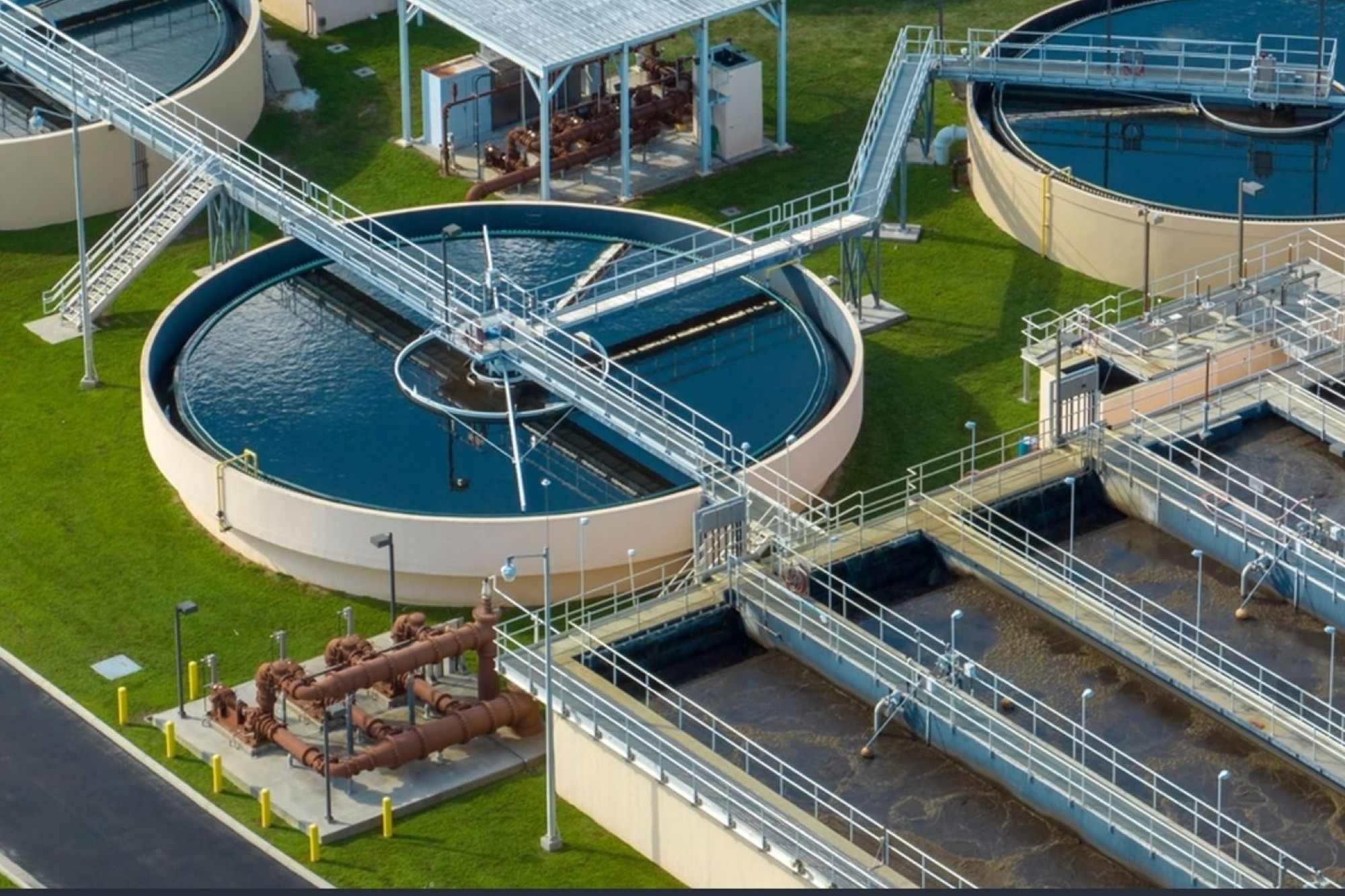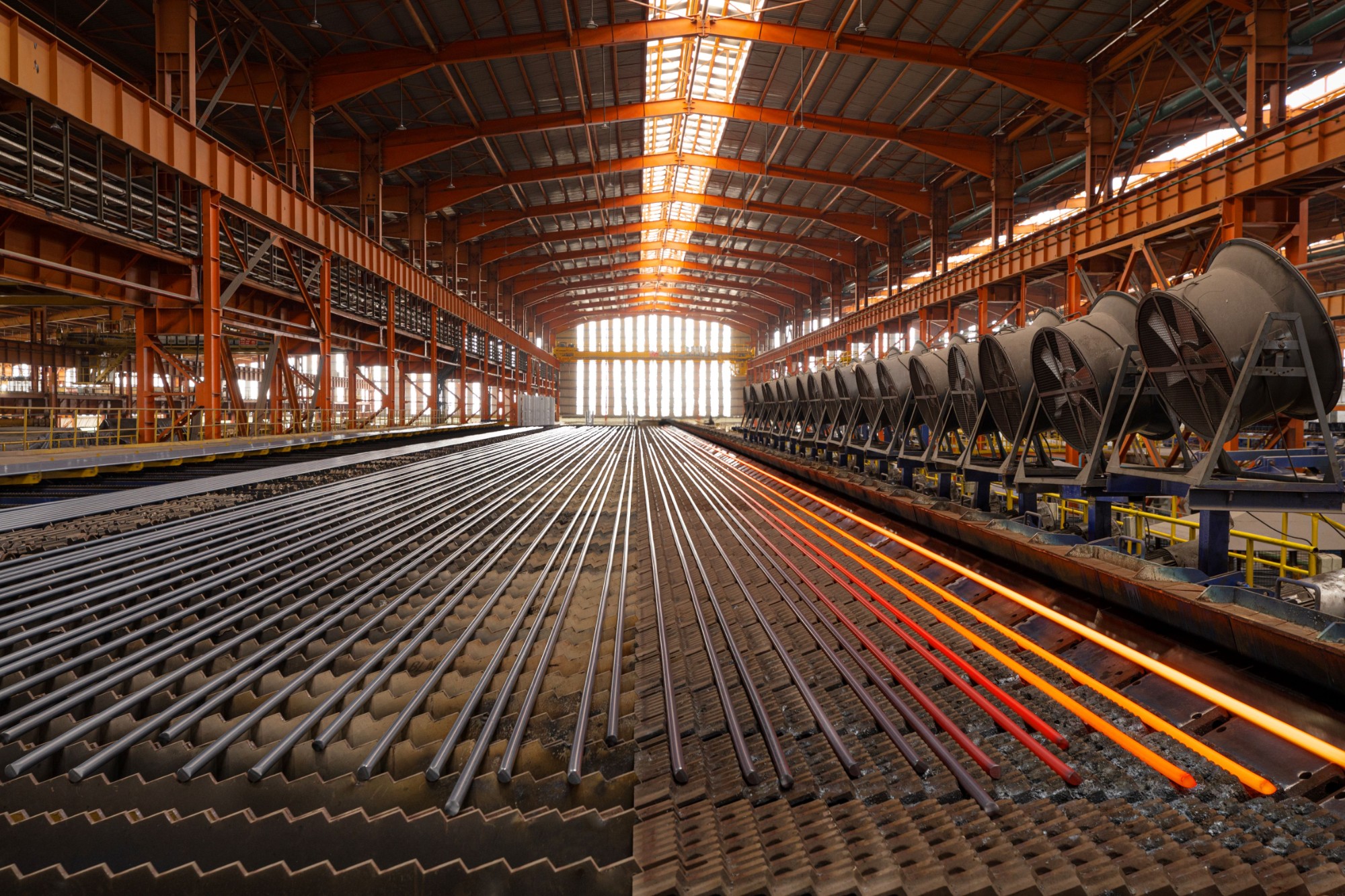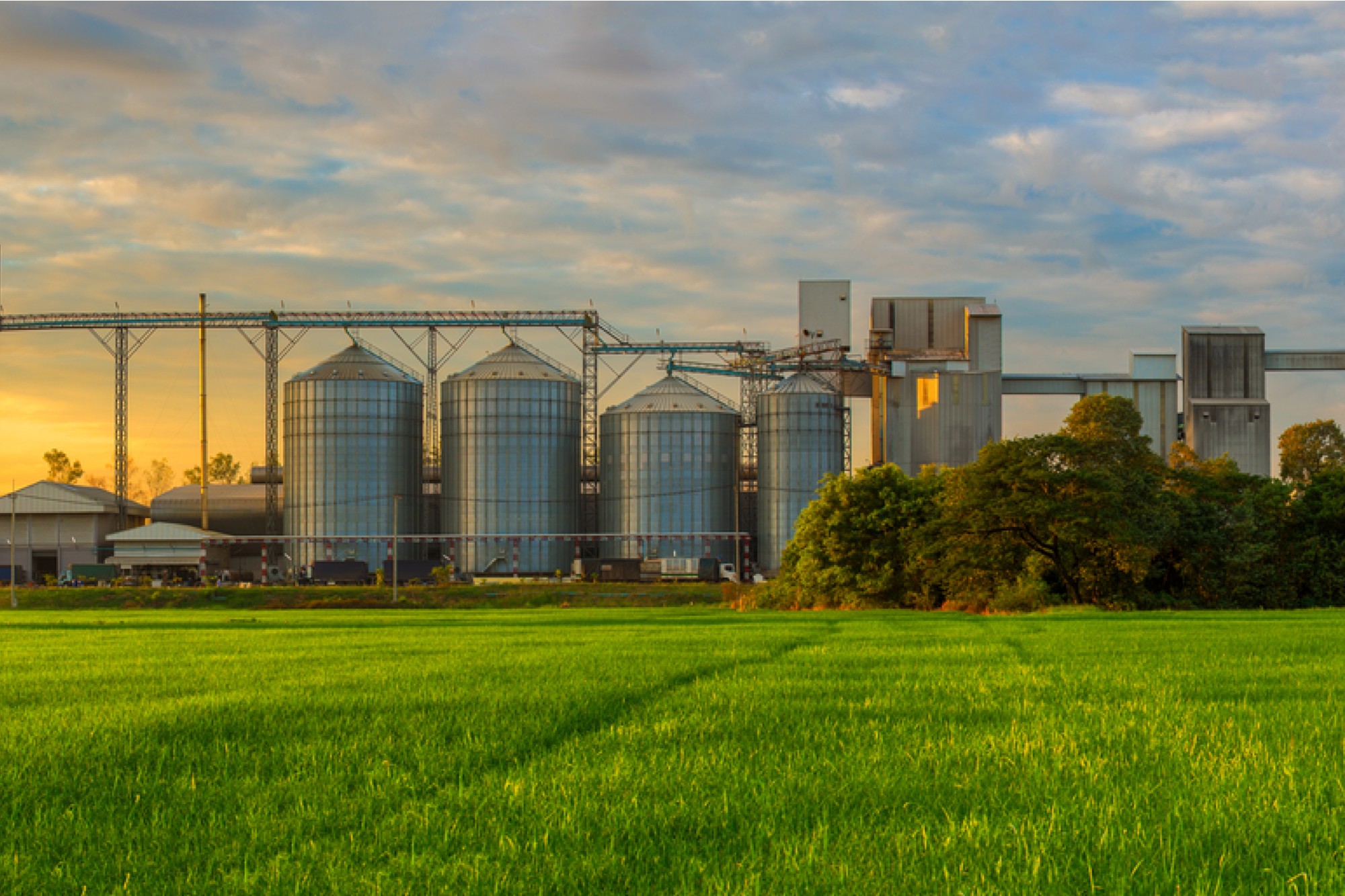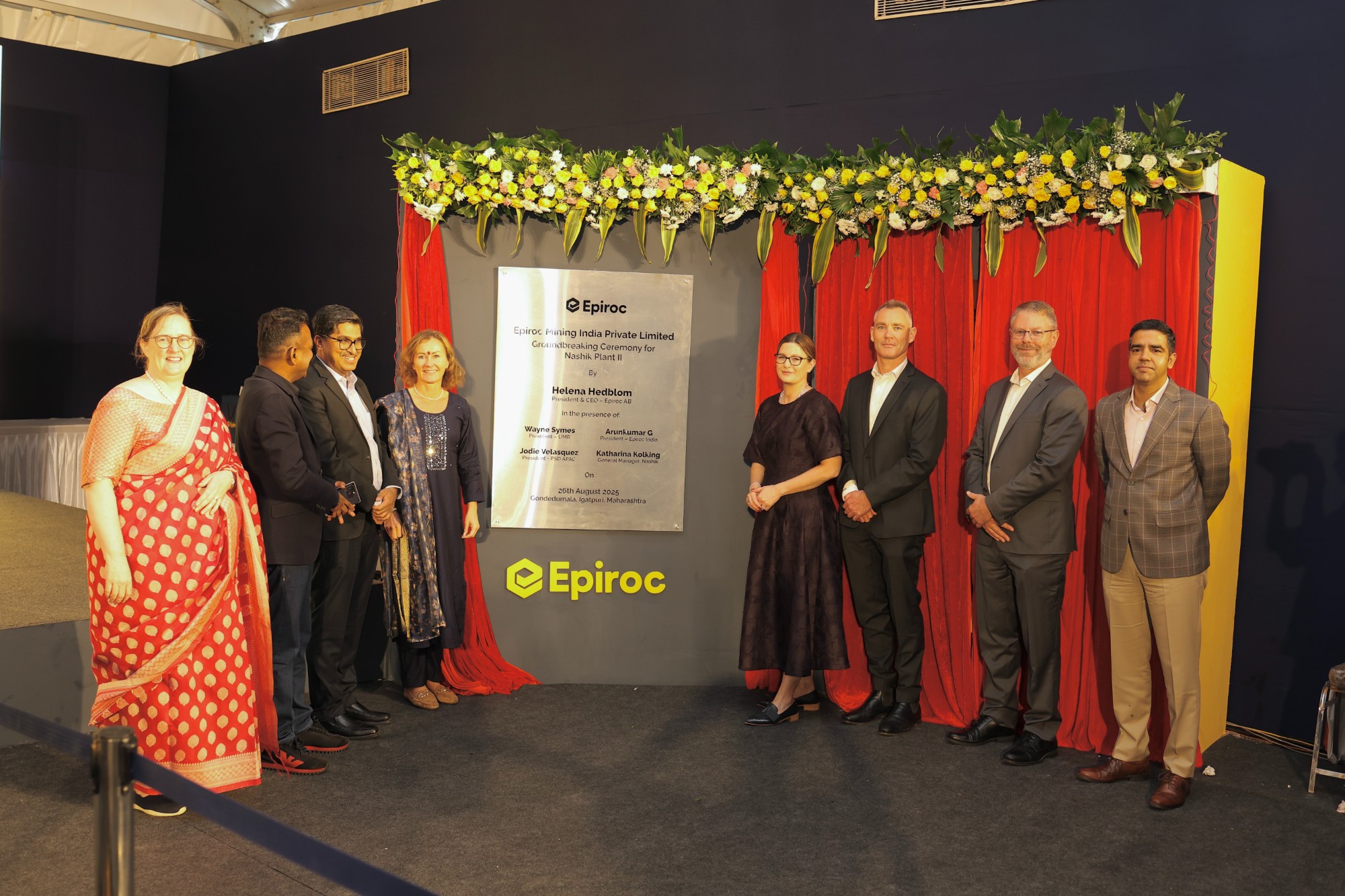‘Chemical industry lacks innovation’
By admin June 22, 2011 6:08 am IST
According to Dr. Joerg Strassburger, MD and country representative of LANXESS India, “Most Indian companies lack a global platform for production, distribution and are ill‑equipped to serve the needs of a global market”. He has also noted that lack of innovation is another key parameter that hinders the growth of the Indian chemical industry.
The Indian chemical industry forms the backbone of the industrial and agricultural development of India and provides raw materials, intermediates and building blocks for several downstream industries like pharmaceuticals, construction, paints and coatings, automobiles, tyres among others. Speciality chemicals are an indispensable part of everything that surrounds us – the houses we live in, the offices we work in, the cars and the vehicles we ride, the food we eat and so on.
This implies that the potential for the Indian speciality chemicals industry would be triggered by a strong domestic demand supported by the large rising middle class household consumption and increase in discretionary spending by these households. Also the current levels of penetration of goods in India is rather low, an increase in consumption of the goods by the end user industries will boost the growth of the speciality chemicals industry as well. All such industries like construction, automotive, tyre and agrochemicals are growing at very healthy rates currently.
This growth will come following the four megatrends – rapid urbanization, increase in mobility, growth in agriculture in order to fulfil the food needs of a growing population and last but not the least – the need for adequate fresh water for industrial and domestic consumption.
Mobility: Rapid increase in consumption of automobiles and also more vehicles are required for more people. The automotive industry is expected to grow by about 12-14 per cent in 2010-2012. Increase in mobility would generate more demand for tyres. Modern tyres rely on high-performance synthetic rubber to achieve their superior qualities.
Urbanisation: By 2030, 40 per cent of India’s population will live in cities. This will increase purchasing power and increase the consumption of goods amongst people. This would trigger demand for all our products.
Water: There is lack of sufficient clean water across the planet. Population growth, pollution and climate change will make water as valuable as oil in the next few decades. Studies show that water demand will outstrip current supply by roughly 40 per cent in 20 years. The areas in which optimization of water as a resource would be required – purification of water, waste water treatment, water treatment for industrial applications
Agriculture: With the overall increase in global population, the demand for food will increase and hence the need to grow agricultural production. This can be possible through appropriate use of agrochemicals and other intermediates.
A study by McKinsey also suggests that the increase in global demand for speciality chemicals would be impacted by factors like population growth, shifting centres of economic activity, increasing upstream resource constraints and climate change.
The LANXESS’ strategy of following the megatrends, namely mobility, water, urbanization and agriculture is hence very timely and appropriate.
Key demand drivers
As Indian economy is witnessing a very high growth rate in all segments particularly driven by a burgeoning middle class, fiscal stimuli by the government and increased spending on infrastructure, there will be an in – tandem growth in segments like automobiles, plastics, pharmaceuticals, construction, food processing, domestic and industrial appliances among others. This would trigger a high demand for basic chemicals, speciality chemicals and advanced intermediates from the chemical industry.
India is also becoming an export hub for speciality chemicals and knowledge chemicals. The re-engineering capabilities and the lower cost of production make India a favourable destination for sourcing activities from companies all over the world.
Challenges
In India, a significant part of the chemical industry is unorganised, fragmented in nature and is small scale in operations. Most Indian companies lack a global platform for production, distribution and are ill-equipped to serve the needs of a global market. Lack of innovation is another key parameter that hinders the growth of the Indian chemical industry. Additionally, rise in the prices of crude oil in the recent past, cost of power and the fluctuation in the exchange rates have also hampered the volume of exports.
A consolidation in the industry which creates strategically better positioned players is required to be able to do the necessary investments, particularly in aspects like technology, environmentally safe production and to be able to capture opportunities in the domestic and export markets.
Environmental protection, health and safety issues are also the key areas that chemical companies have to address with greater focus. In this regard, the chemical industry has a very significant role to play in matters of compliance with rules and regulations, drafting of policies for internal and external stakeholders, adopting safe dumping practices, having transparent and audited governance, ensuring highest safety standards in manufacturing, packaging, distribution and handling etc. The Indian chemical industry needs to mature far more in this area to be able to really make a mark on the global platform.
For exports, road transfer of finished goods from the manufacturing site to ports is expensive and is not very safe due to bad roads, traffic congestion and the long time taken for clearance at the ports. So it is advisable to have ICD (inland container depot) near every site for transfer of finished goods to ports by rail which is safer and costs involved would also be 20 – 30 per cent lesser. For imports, single container fleet station for chemicals could be of help.
LANXESS has now begun using the rail services for transfer of chemicals from its Nagda (in Madhya Pradesh) site directly to port, resulting in safer transfer of chemicals and a cost saving of around 20 per cent.
At an industry forum M Raman, secretary to the Government of India, department of chemicals and petrochemicals assured that the Ministry is committed to the chemical sector and also to meet the needs of energy, water and agriculture and stimulate growth in all these areas. He further added that there is a need for an actionable policy prescription by the CII.
Summing up, the need for public policy support, improvements in infrastructure, availability of continuous power supply, good connectivity to ports by road and rail, availability of feedstock, simplified tax structure and regulations, chemical parks with adequate facilities, availability of trained and skilled human capital, facility for single window clearance for faster clearances of permits and approvals are the factors that need attention for the industry to realise its true value potential in India.
Opportunities
Given the facts that there is an increased consumption in India from customer verticals, chemical companies across the globe are now keener to be present in India. As a result, there have been significant investments from multinational companies in the Indian market in recent years. On the other hand, Indian companies are now actively acquiring small and medium-sized companies in Europe and USA to be able to enhance their technology edge, improve their capabilities, increase their reach and penetrate those markets.
Availability of an enormous talent potential in India makes it viable for companies to set up R&D units in India and foster innovation at a much lower cost. Continuous product and process innovation, performance improvement and identifying new modes of applications are key factors for the chemical industry to prosper in the long run. Organizations would need to build product leadership through rigorous innovation, continuous improvement and inventing new ways of meeting future needs of the customer.
Outlook for 2011-12
Overall, the Indian chemical industry has attained a critical size and has the potential to build a USD 80 to USD 100 billion speciality chemical industry by 2020. Asia Pacific region now forms nearly 42 per cent of the global market for chemicals, clearly making it the largest contributor.
It is evident that the growth will come from the emerging markets and this implies that India can leverage this shift in speciality chemical landscape. In addition, India has been increasing its export of chemical products in the recent years, so growth will also be a factor of buoyant exports.
Alongside the increase in exports of chemicals and the imports of crude oil, the demand drivers are strong and consistent and lead us to believe that the speciality chemicals industry in India would be on a fast growth track if the framework is adequate.
An important point to be noted is that the projected growth of the Indian chemical industry has another key determinant – innovation.
According to a survey conducted by the Boston Consulting Group (BCG), the number of executives who consider innovation as a top-three priority grew by over 10 per cent from 2009 to 2010. Targeted product innovations to satisfy customer needs are the key to solve global challenges and build a competitive edge. The BCG report also suggests that India is surfacing as one of the most preferred destinations for fostering research and development activities.
Innovations must be a fundamental aspect of corporate strategy (right through product conceptualisation, research and development, process improvements etc.) and needs to be targeted at the specific needs of customers in specific markets. Undoubtedly, innovation is the precursor to the LANXESS’ growth story also.
Author:
Joerg Strassburger has been the country representative and MD LANXESS India Pvt. Ltd. since March 2005. He is responsible for the operations and development of LANXESS’ business units in India. Before this assignment, Strassburger was head of the group function corporate development at LANXESS AG, and was actively involved in developing LANXESS’ global strategy.
Cookie Consent
We use cookies to personalize your experience. By continuing to visit this website you agree to our Terms & Conditions, Privacy Policy and Cookie Policy.














